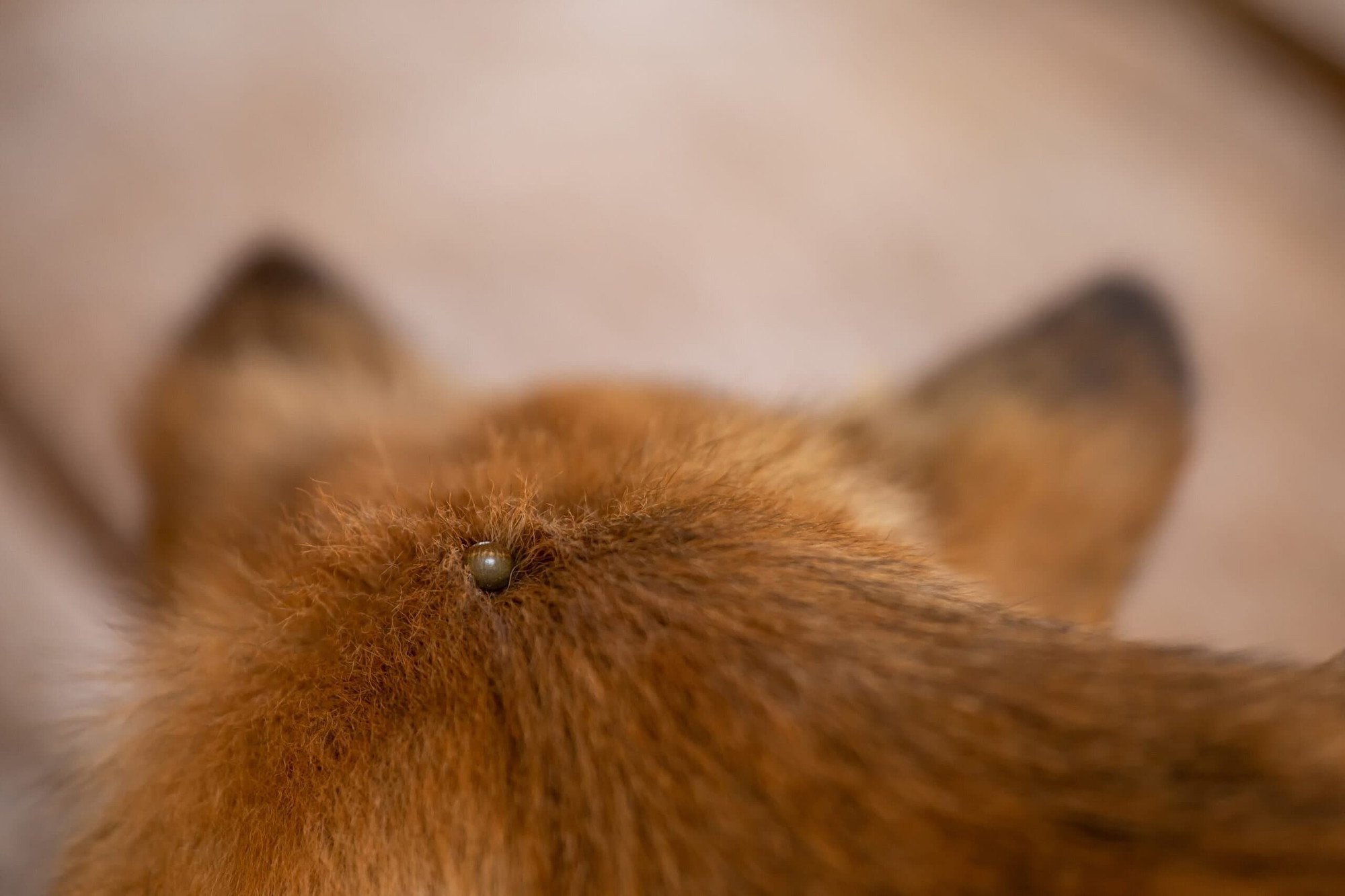We’re checking our dogs daily for ticks, now that the grasses are getting taller and the days getting warmer. As you and your dog hit the trails, here are some helpful tips.
These critters are dangerous
Ticks pose a significant health risk to both pets and humans, as they can easily transfer from animals like dogs and cats to people. These parasites are known carriers of diseases such as Lyme disease, anaplasmosis, babesiosis, and Rocky Mountain spotted fever, which can be serious and sometimes life-threatening. The danger increases if a tick remains attached long enough to transmit pathogens, making prompt detection and removal critical. Effective preventive measures include regular checks and the use of tick control products on pets, as well as protective clothing and repellents for humans.
How to remove a tick
Let’s talk about removing ticks from your pets in a straightforward way. It’s really about being gentle and precise. First, you need the right tools—tweezers work best because they allow you to get a good grip without squeezing the tick too hard, which you definitely want to avoid. You’ll also need some gloves because safety first, right?
Once you’ve got your gloves on and the tweezers ready, gently part your pet’s fur until you see the tick. The trick is to grab it as close to the skin as possible; this helps ensure you get the whole tick out without leaving any parts behind. Pull it straight up with a steady hand—no twisting or jerking, which can make things messier.
After you’ve got the tick out, it’s a good idea to clean the bite area with some antiseptic. This helps prevent any infection, keeping your furry friend safe and healthy. And don’t forget to wash your hands afterwards, even though you wore gloves. It’s just good hygiene.
That’s pretty much it! Simple, right? But remember, if you’re not comfortable doing this or if the tick is in a tricky spot, it might be best to let a vet handle it. Better safe than sorry when it comes to your pets.

